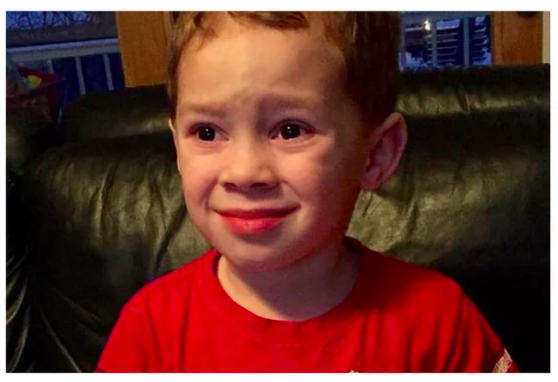There is probably nothing more uncomfortable than being in the middle of an inside-joke where you have no idea what they’re talking about. Awkwardly sitting there and grinning whilst they chuckle away.

I’ve suffered far too many of those situations as my best friend is a self-confessed meme-and-vine addict. She’d make these references and re-enactments of iconic videos which I simply never understood.
“Have you seen that meme/video?!” Not being a meme-lover myself, she’d excitedly jump onto YouTube and hunt down those “hilarious” videos which in my opinion (an emphasis on ‘in my opinion’) are blatantly stupid.
Procrastination mode kicks in…
“How on earth did these 10 second videos attract millions of views around the world?”
In Ted Talk episode “Why things go viral”, author Kevin Allocca identified and explained how tastemakers, community participation and complete unexpectedness are the three factors that has contributed to the development of a “new kind of media where the audience defines its popularity.”
Furthermore, author of “Contagious: Why Things Catch On”, Jonah Berger discusses about the six STEPPS (Social Currency, Triggers, Emotions, Public, Practical Value, Stories) that brands and companies could apply to enhance the probability of their content being shared.
With the attention span of humans decreasing from “12 seconds to eight seconds” (shorter than a goldfish. Scary isn’t it?) contributing to the shift of memes and vines. Why sit and watch an hour long show when you can squeeze in almost 300 clips, on the go!

***** WARNING: GET THOSE TISSUES READY *****
Not-for-profit organisation, Ad Council launched a campaign in 2015 “Love Has No Labels” with the objective to tackle public issues and challenge the traditional ways of thinking and bias. The idea that love has no gender, no race, no religion, no disability and no age.
Ad Council wanted to spread a message core to themselves, but were confident that the viewer would connect and believe in too. With more than 164 million views, 40,000 user-generated-content, and receiving an Emmy for Outstanding Commercial- their risk paid off. Their strategy of incorporating user-generated-content enabled their campaign to be more than just a campaign but a community where people felt safe, where people could contribute to the organisation but more importantly, where people could celebrate their love.

A quote from “Seth Godin’s” Ted Talk that seemed impossible to forget was that,
“the riskiest thing you can do now is be safe. The safe thing to do now is be at the fringes– be remarkable.”
And I think in the case of Ad Council, they have truly done that.
Can you guys recognise any elements of Berger’s six STEPPS within the Ad Council campaign?


